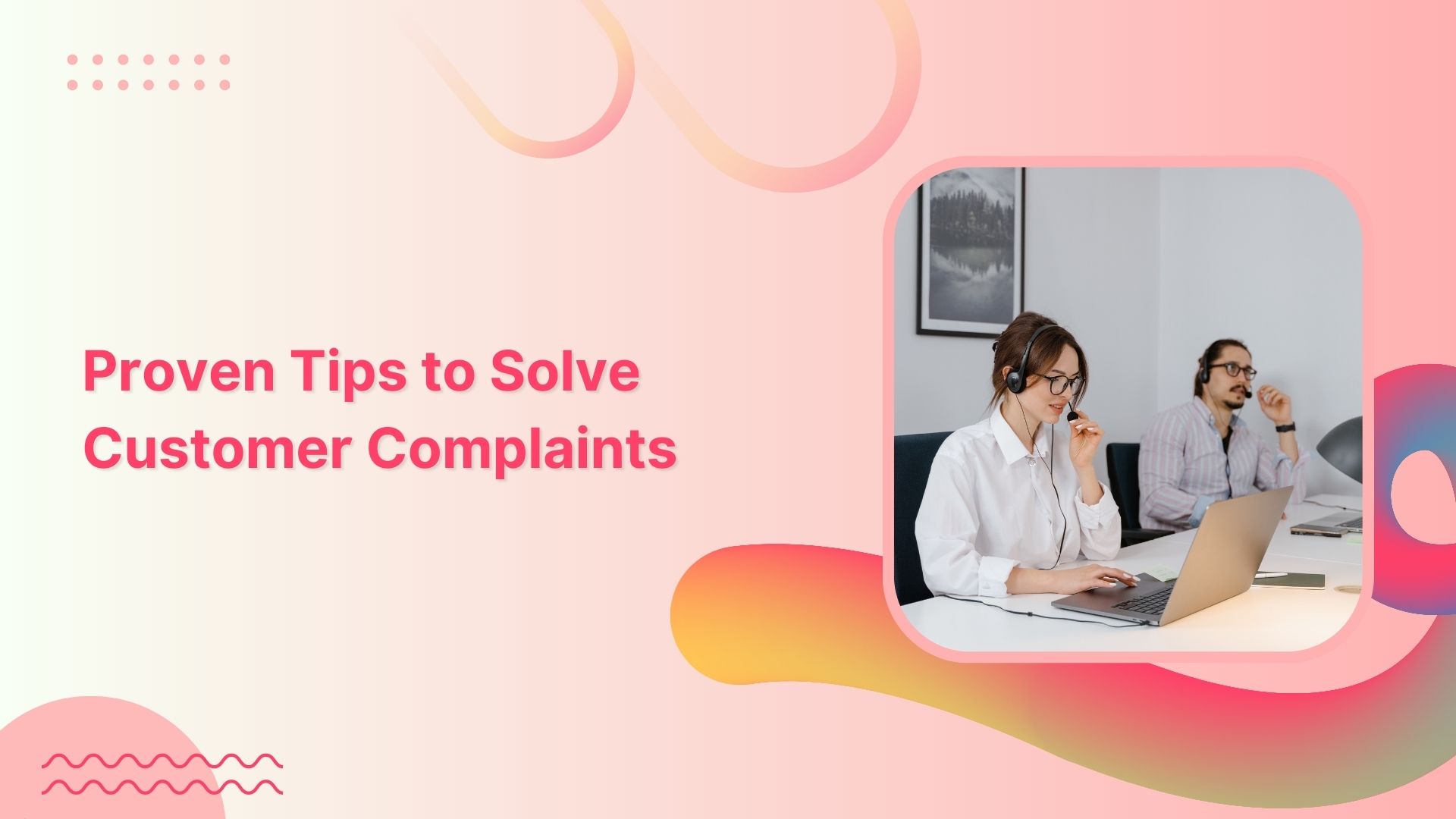Bulk-generate & schedule posts in seconds with Smart Scheduling. Try now!
What does DM mean? Learn to use DMs for marketing success
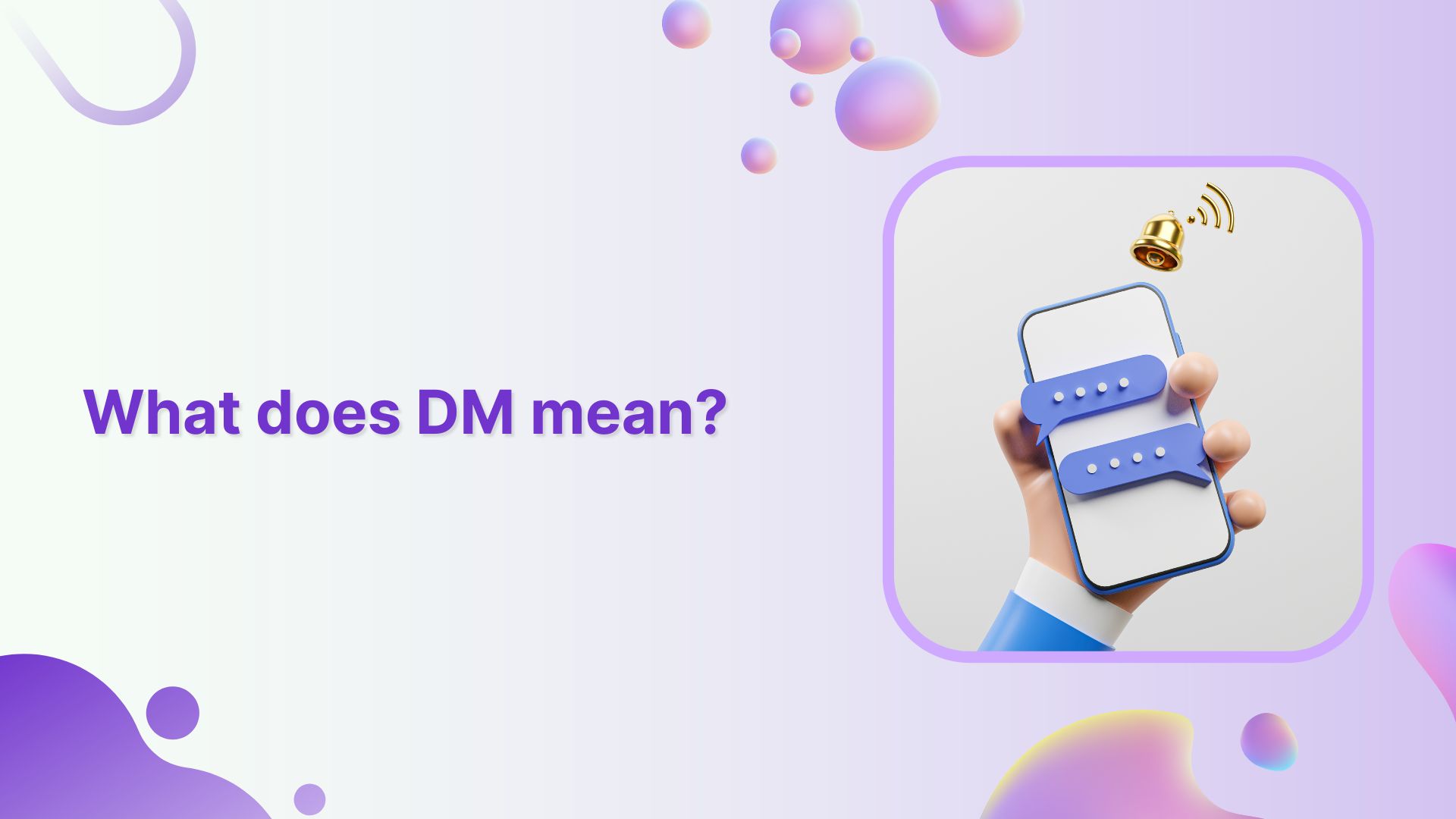
Do you often come across the abbreviation “DM” on social media and wonder what this secret code means?
In this blog post, we’re going to decode the most commonly used abbreviation in the social media world: DM, i.e., direct message.
As a social media manager or marketer, understanding how to utilize direct messages (DMs) effectively can help you connect with your audience and increase social media engagement for your brand.
In this easy-to-follow guide, we’ll explain what DM means, why it’s useful for marketing, and how you can use it.
What does DM mean?

DM is an abbreviation of “direct message,” which is a private message sent between two individuals.
It’s commonly used on social media platforms like Twitter, Instagram, and Facebook but can also refer to private messaging on online forums. The purpose of DMs is to facilitate private conversations without requiring public comments or replies.
DMs can be used for various purposes. You can make use of them to ask a question, share information, or have a conversation that you don’t want others to see.
For example, if you’re a business owner, you might use DMs to communicate with a customer who has a complaint or to respond to a query about your product or service.
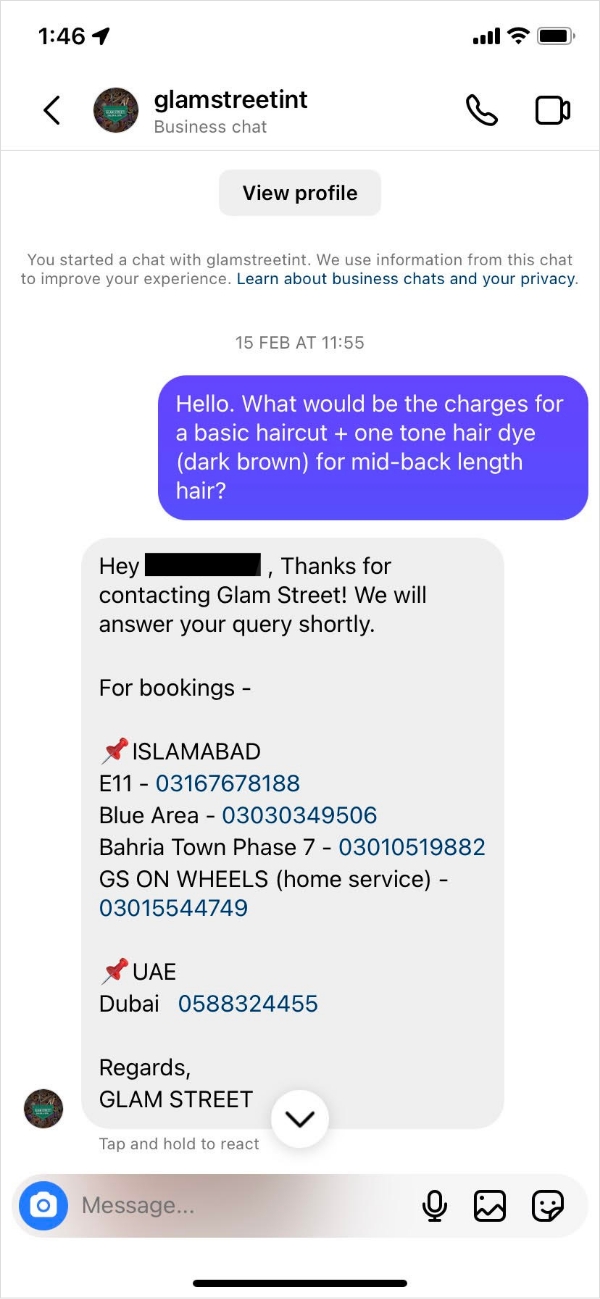
Alternatively, you might use DMs to catch up with a friend or family member, share personal information, or plan a surprise party.
The main advantage of DMs is that they offer a level of privacy that isn’t available with public comments or replies. This is especially useful when you intented to have a sensitive or confidential conversation.
To give you an idea of how DMs are used in practice, here are a few more examples.
- You’re a small business owner and a negative review has been left on social media. You use DMs to reach out to the customer and apologize for the issue. You offer a solution and ask if there’s anything else that can be done to put things right.
- You’re a social media influencer, and you’ve been contacted by a brand or business that wishes to collaborate with you. You use direct messages (DMs) to negotiate the terms of the partnership, discuss deadlines, and finalize the details.
- You’re planning a surprise party for a friend’s birthday. You use DMs to coordinate with other friends and family members, share ideas for the party, and make arrangements without tipping off the guest of honor.
- You’re a freelancer, and a potential client has reached out to you on LinkedIn. You use DMs to introduce yourself, ask about the project requirements, and provide a quote for your services.
So, how do you use DMs? It’s straightforward – simply navigate to the user’s profile and click on the message icon (typically represented by an envelope or speech bubble). From there, you can simply type your message and tap “Send.”
Social Customer Service
Never miss a message or comment from your social media audience. Try ContentStudio’s Inbox.
Get Started for FREE
What platforms can you send DM’s on?
Let’s take a tour of the top social media platforms and explore where their direct messages reside.
X(Twitter)
X(Twitter) was one of the very first social media platforms to introduce direct messaging. In fact, when it was first launched, Twitter was only a direct messaging service!
To send a DM on X(Twitter), simply click on the envelope icon on the top right-hand corner of the screen. Note that you first need to follow the account to send them a direct message.,

X (Twitter) Marketing
Schedule perfectly crafted tweets and manage your X (Twitter) content with a unified content calendar.
Get Started for FREE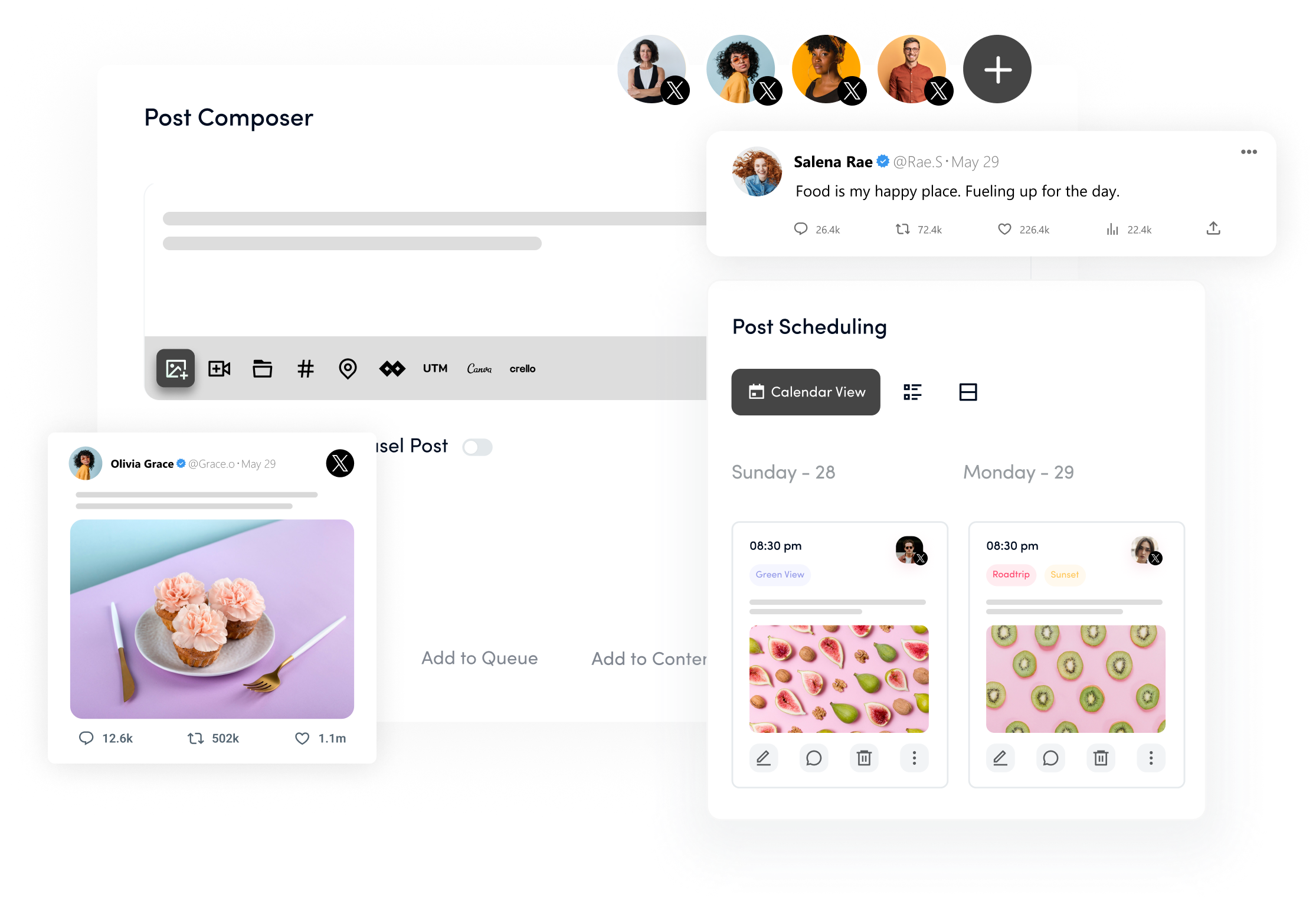
Next, we’ve got Instagram. The Instagram DM feature was introduced in 2013 and has since become a key way for brands, influencers, and individuals to connect with their followers.
If you’re anything like me, you’re probably scrolling through Instagram all day anyway, so why not slide into some DMs while you’re at it? Just tap the messenger icon in the top right corner and you’ll be on your way.
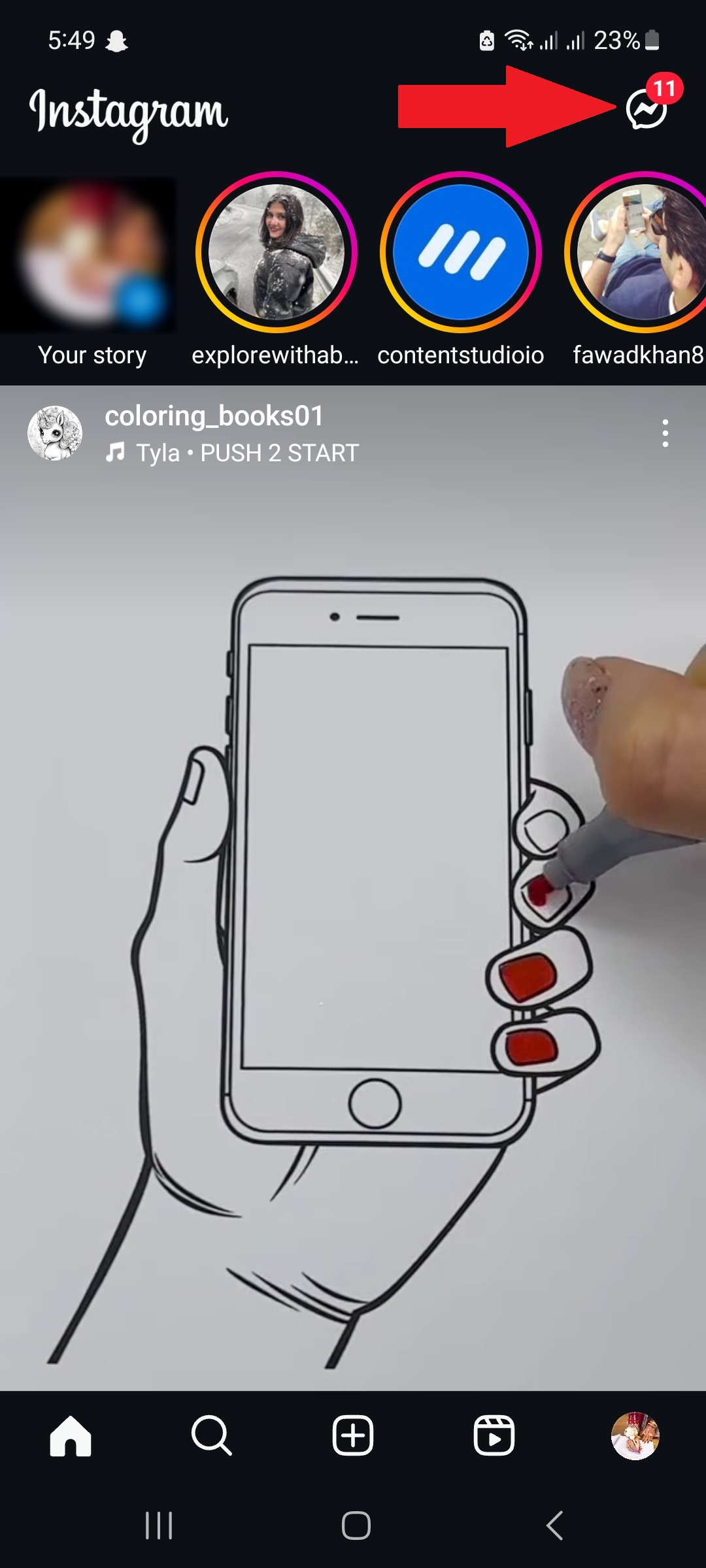
Instagram Marketing
Schedule your Instagram posts, Reels, and Stories, and get recommended best time to publish for maximum engagement.
Get Started for FREE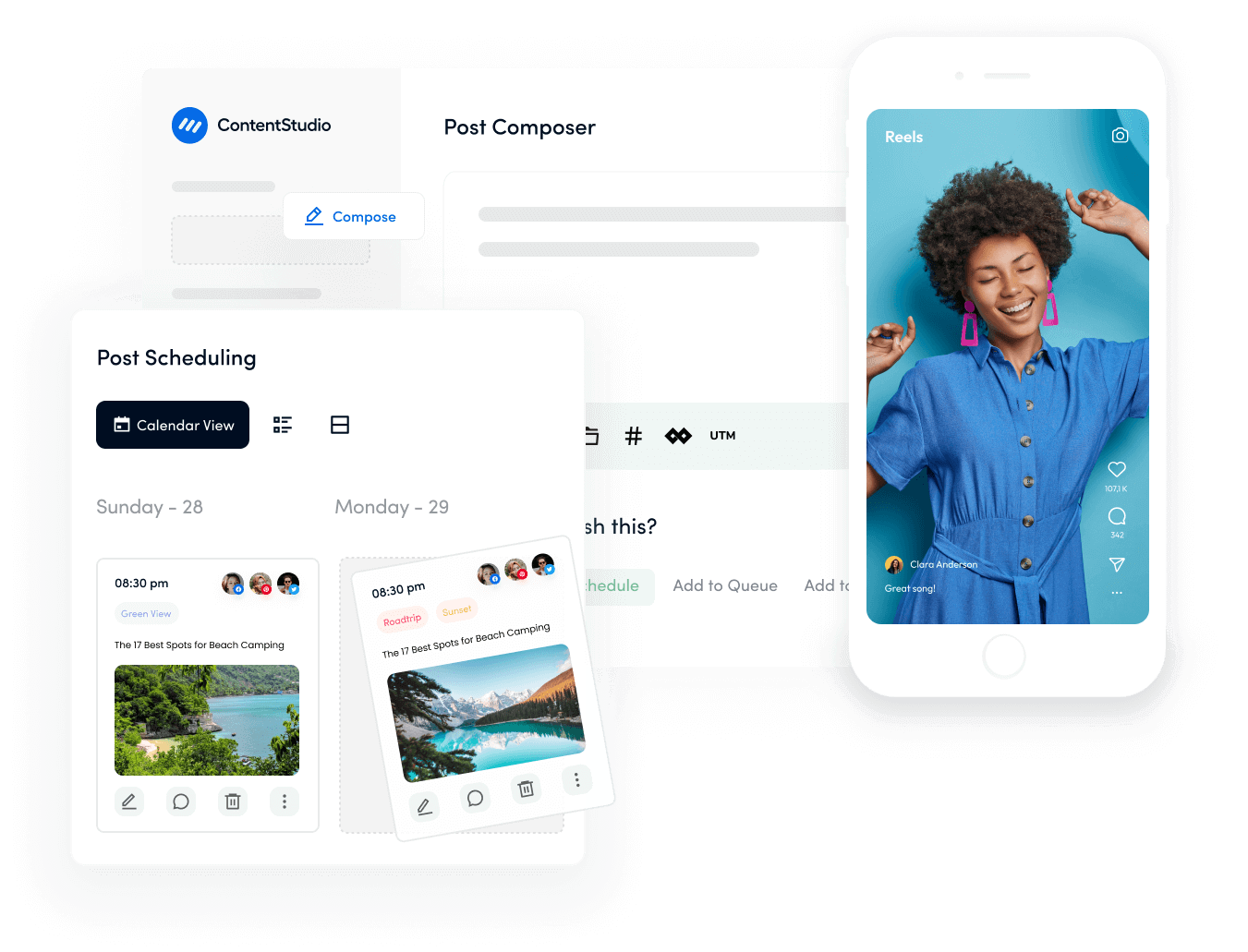
You might think of Facebook as a platorm share baby photos and political rants, but it’s also a great place to send DMs. It has become a standalone app that can be used effectively to send messages, make calls, and even send money. To do that, click on the Messenger icon in the top right corner.

Facebook Marketing
Manage and grow your brand on Facebook. Create, schedule, and publish posts, videos, and Reels to Facebook pages and groups.
Get Started for FREE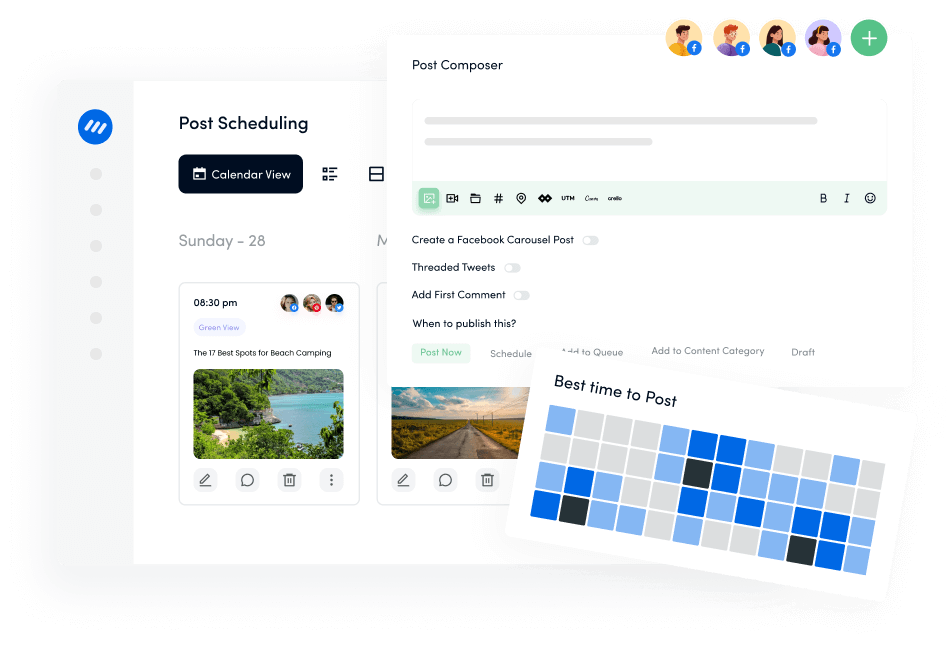
TikTok
TikTok is a video-sharing app that is incredibly popular among Gen Z users. If you’re a fan of short-form videos and dancing challenges, TikTok is the place to be.
The platform also has a DM feature, which is extremely effective to communicate with other users and collaborate on content.
Simply click on the inbox icon located in the bottom right-hand corner of the screen to send a direct message.

If you’re more of a professional type, LinkedIn is a great place to network, connect with potential employers or employees, and share business-related content.
LinkedIn also has a DM feature which is the message icon with three dots located in the top right-hand corner of the screen. It helps to reach out to individuals for networking opportunities, job inquiries, or business proposals. You can also add your digital business card to your message while sending DM, it makes it easier for people to save your contact details.

LinkedIn Marketing
Establish your brand’s profile on LinkedIn by consistently posting engaging content and engaging with the community.
Get Started for FREE
Snapchat
Last but not least, we’ve got Snapchat. If you’re looking for a way to send disappearing photos and videos to your friends, Snapchat’s got you covered. But did you have an idea about sending text messages and other content that doesn’t disappear? Just click on the inbox icon located in the bottom left-hand corner of the screen.
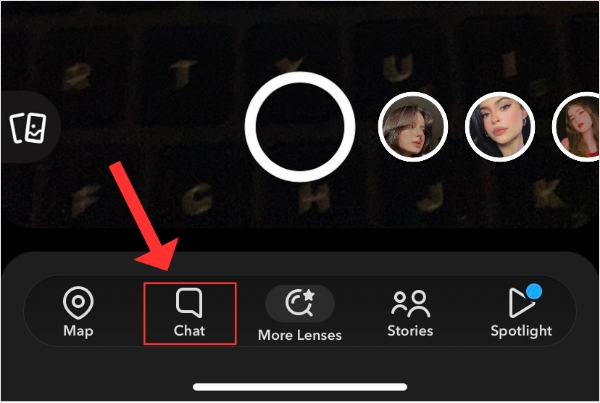
So there you have it, folks. DMs are the secret sauce that makes social media so special.
How to use DM’s in marketing?
DMs are not only for casual conversations and friendly banter on social media platforms; they can also be used for more serious purposes. They also serve as a powerful marketing tool.
Yes, you read that right. In fact, a well-crafted DM can be more effective than traditional marketing methods, as it aids in building connections with clients.
Here are eight ways you can use DMs in your marketing efforts to engage with your audience, generate leads, or nurture customer relationships.
Provide customer support
Direct messages on social media platforms can be a great tool for providing quick and personalized customer support. Here’s how to use DMs effectively to provide customer support.
- Encourage customers to message you: Make it clear to your followers that you welcome DMs & encourage your customers to reach out if they have any queries or concerns. Don’t forget to include a CTA in your social media posts or on your website, inviting customers to send you a DM.

- Respond quickly: Once you receive a message from a customer, respond promptly. Aim to reply within a few hours, if not immediately.
- Be helpful and informative: Provide the information the customer is looking for or offer a solution to their problem. If you need more information from the customer, ask follow-up questions to clarify their needs.

- Use images and screenshots: If applicable, include images or screenshots to support your response. This is especially helpful when providing technical support or walking a customer through a process. For example, if a customer is facing an issue with your website, you could send them a screenshot with annotations to show them where to click.
Promote new products or services
Promotion is an extremely important strategy in marketing and DMs are a great way to promote new products or services to your followers.
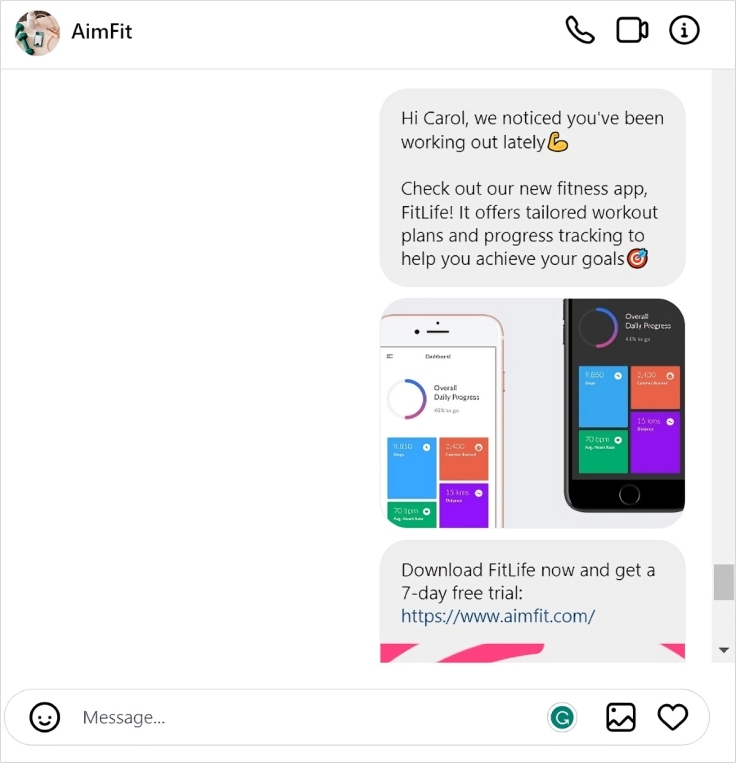
Here are some key steps to follow when using DMs to promote your newly launched products or services.
- Identify your target audience: First, determine who you want to reach with your direct marketing (DM) campaign. This may include present customers, potential customers, or specific segments of your audience.
For example, if you’re launching a new fitness app, your target audience could be individuals who have expressed interest in fitness or have recently engaged with your brand on social media.
- Personalize your message: Address the person by their name and mention their interests or previous interactions with your brand.
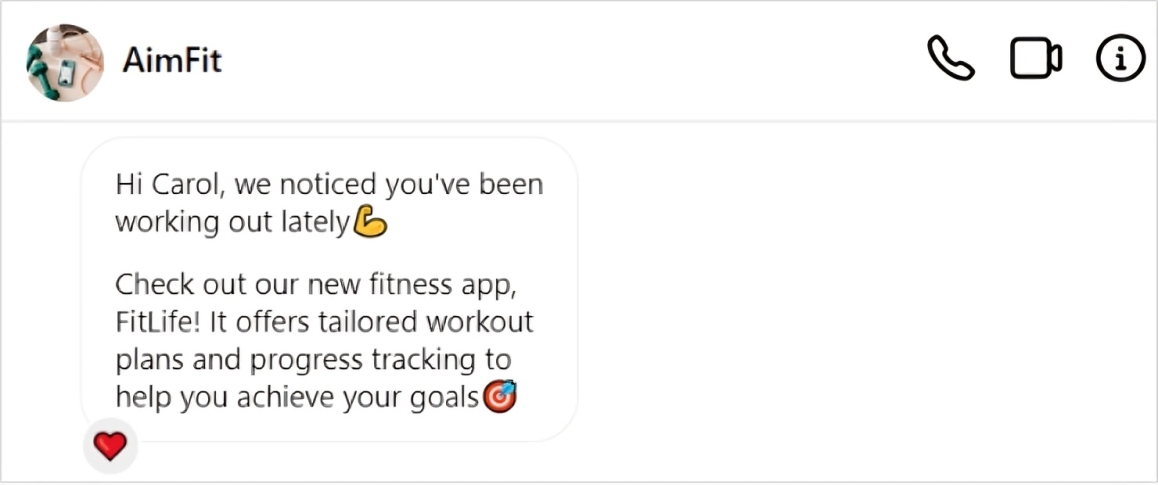
- Provide value: Don’t just promote your new product or service. Provide value by sharing information or resources that your target audience will find helpful. For example, you can offer new members a discount code.
- Use visuals: Use high-quality images or videos to showcase your new product or service. This will help your message to stand out in a crowded inbox.
- Add a CTA: Conclude your message with a call-to-action (CTA) that encourages the recipient to take the next step. This could be visiting your website, scheduling a consultation, or making a purchase.
Ask for feedback
If you wish to solicit feedback from your customers, direct messages (DMs) could be a very beneficial and direct channel for you.
You can ask them what they love about your products or services & what they would like to see improved. This shows that you value their opinions & are committed to providing the best possible experience.
For example, if you’re a beauty brand, you could send a DM asking for feedback and taking suggestions to improve your products and services.
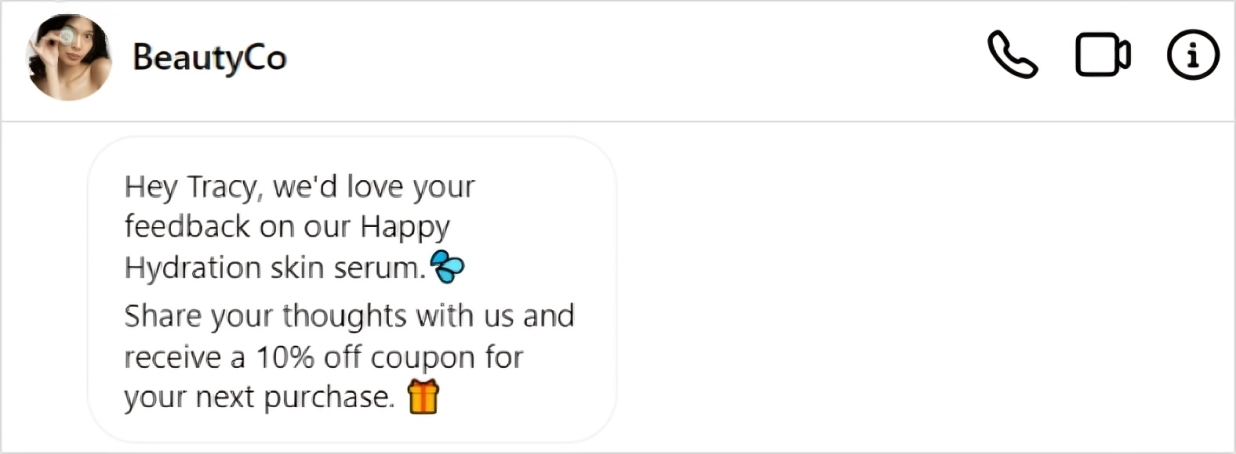
Generate leads for your product or services
Businesses often use lead generation software to generate leads for their businesses. DMs are an invaluable tool for lead generation. LinkedIn & Twitter are the most popular platforms for lead generation via direct messages.
If you want to use direct messages (DMs) for lead generation, here are some tips to keep in mind.
- Identify your target audience: Determine who would be most interested in your products or services. Once you have identified your targeted audience, research them to understand their interests, needs, and pain points.
- Build a relationship: Before sending direct messages, it‘s essential to establish a connection and relationship with your audience. Engage with them by responding to their messages, replying to their comments, commenting on their posts, and liking their content.
- Personalize your DMs: Make your DMs more personalized by using the recipient’s name, referencing their interests, and demonstrating an understanding of their needs.
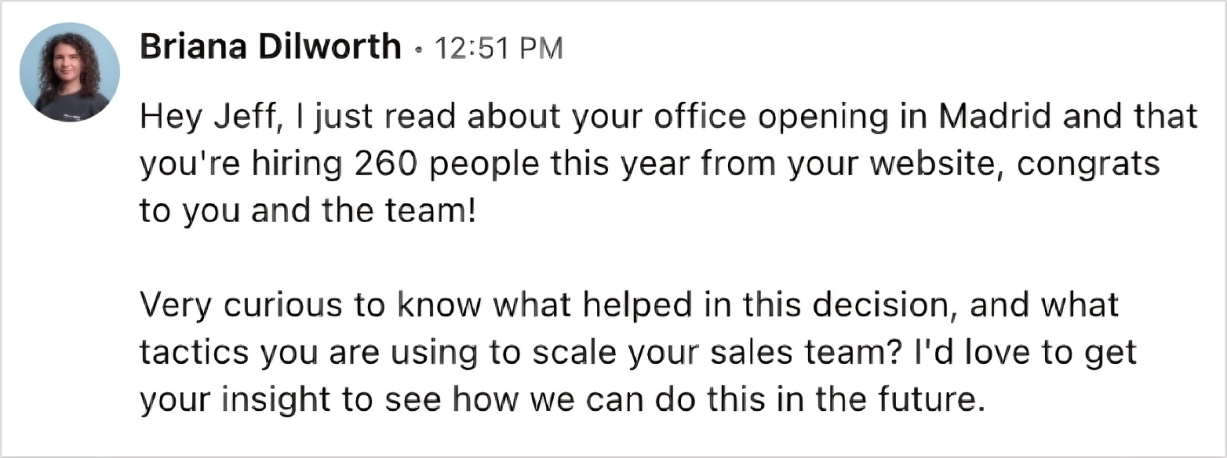
- Offer value: Provide your audience with relevant content or offer a complimentary consultation or demo of your product or service.

- Call to action: Include a clear CTA in your DMs, such as asking the recipient to visit to your website, or sign up for a newsletter, or schedule a call.

- Follow up: Send a second direct message or email to your leads to continue the conversation and nurture the relationship.
Influencer marketing
Using direct messages (DMs) for influencer marketing can be an effective way to communicate directly with influencers and establish a personal connection. Here are some steps and examples to guide you through the process.
- Research and identify relevant influencers: Before sending DMs, identify influencers whose audience aligns with your target market. Look for influencers with high engagement rates, authentic content, and a good reputation in their niche.
- Engage with their content: Before reaching out, engage with the influencer’s content by liking, commenting, and sharing their posts. This helps establish your presence and increases the chances of your message being noticed.
- Craft a personalized DM: When reaching out to influencers, personalize your message and show genuine interest in their work. Mention specific details from their content and explain how collaborating with your brand could benefit both parties.
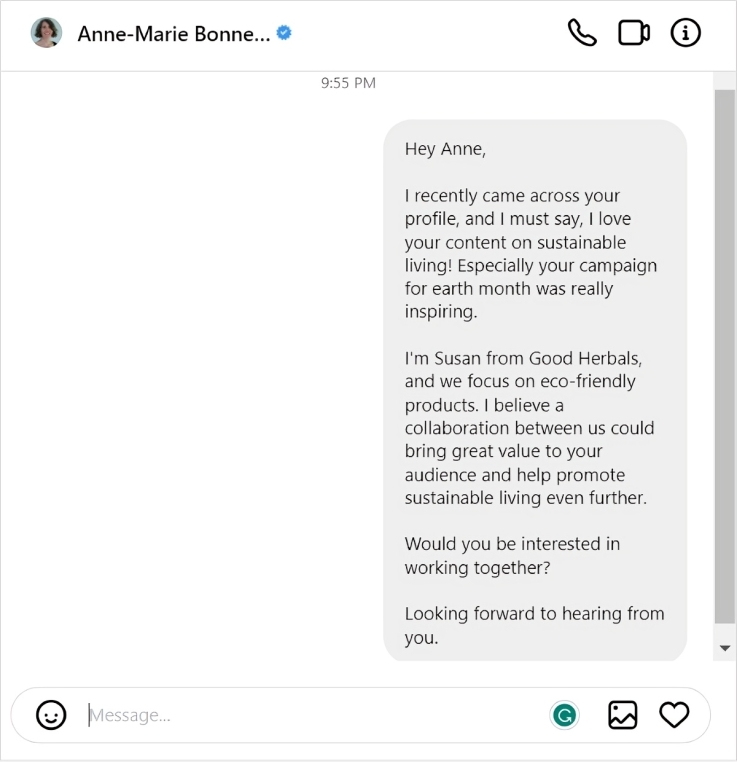
Event invitations
Using direct messages (DMs) is an effective way to create personalized event invitations and promote your events. One effective way to utilize direct messages (DMs) is to identify potential attendees who have previously engaged with your brand or content and reach out to them with a personalized invitation to the event. This establishes a connection with the individual and boosts the likelihood of them attending the event.
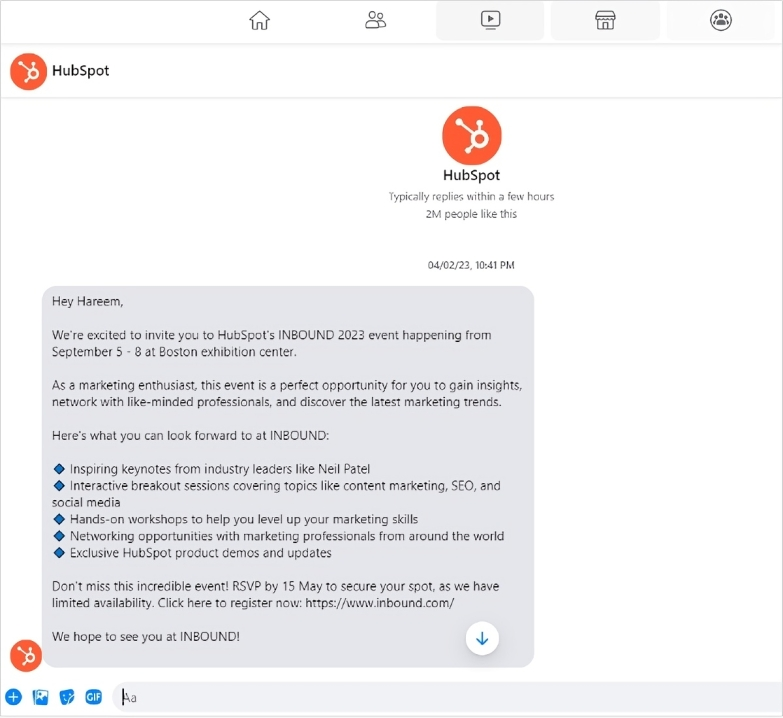
Provide exclusive offers
DMs are a great way to provide exclusive offers to your most engaged followers. This creates a sense of exclusiveness and encouragement your followers to make a purchase. make them feel valued as a customer. For example, if you are own a restaurant, you can use DMs to send a discount code to your followers, giving them a percentage off their next meal.
Follow-up with new followers
When someone follows your business on social media, send them a DM to thank them for following you or if someone has shown interest in your products or services but hasn’t made a purchase yet, sending a personalized message can help to keep your brand top-of-mind.
This is a great way to present your business and share a special offer or discount code. For example, if you own a software or IT company, you can use DMs to follow up with leads who have downloaded a trial version of your product but haven’t yet upgraded to a paid subscription.
Related read: How to get more Instagram followers
Wrapping up
DM, or direct message, is a versatile tool that enables you to communicate with others on various social media platforms.
However, as convenient as DMs can be, it’s important to note that DM should be used strategically and not abused by spamming customers.
It’s also essential to prioritize the privacy and security of your customers’ information when using DM.
By following the guidelines presented in this blog, you can effectively leverage direct marketing (DM) to enhance your marketing efforts and ultimately drive sales and foster customer loyalty.
FAQs
What does DM mean?
If you’re still wondering what a DM is, well, DM stands for Direct Message, which is a private message sent between two individuals or a group of individuals on social media platforms. Direct Messages are typically used to communicate privately with someone without the need for public exposure. Direct Messages are also referred to as “private messages” or “PMs.”
What is the meaning of DM in social media?
DM, or Direct Message, is a term used on social media platforms such as Facebook, Instagram, Twitter, and LinkedIn to refer to private messages sent between two individuals or a group of individuals. Direct Messages are used to communicate privately with someone without the need for public exposure.
Why is DM such an essential feature in social media?
DM is an important social media feature because it enables users to have private conversations with each other without the need for public comments or posts. DMs provide a space for more personal conversations, and they can be used for anything from discussing business deals to catching up with old friends. Additionally, DMs can be a powerful tool for social media marketing, as they allow businesses to reach out to potential customers on a more personal level.
How can I protect my privacy when using direct messages (DMs)?
When you use DMs in social media, it’s important to be aware of the privacy implications. Here are some useful tips to protect your privacy when using DMs.
1. Use strong passwords & enable two-factor authentication or multi-factor authentication on your accounts.
2. Don’t share sensitive information like your Social Security or bank account details over DMs.
3. Beware of phishing scams, which trick you into revealing personal information. Don’t click on links or provide any personal information in suspicious DMs.
4. Review your privacy settings on each social media platform to control who can send you DMs and who can see them.
How can I utilize direct messages for customer service in marketing?
Direct Messages (DMs) provide a private and personal channel for engaging with customers. By responding promptly to inquiries and addressing issues in a friendly yet professional manner, businesses can significantly enhance customer satisfaction. This one-on-one interaction can help resolve complaints, provide product recommendations, and offer exclusive promotions, creating a more personalized and positive experience for your audience.
Is it effective to send marketing messages through DMs?
Sending marketing messages through direct messages (DMs) can be highly effective when done properly. By personalizing the message and making it relevant to the recipient, you can create a sense of exclusivity and value. However, it’s essential to avoid spamming users or sending overly promotional content. Instead, focus on building genuine relationships by offering useful tips, discounts, or product recommendations that align with the recipient’s interests or needs.
Can direct messages (DMs) help increase social media engagement?
Yes, direct messages (DMs) are an excellent way to foster more engagement on social media. By reaching out directly to followers, you can build stronger relationships, gather feedback, and encourage sharing or participation in campaigns. DMs can also be used to thank loyal customers, invite them to exclusive events, or ask for their opinions on new products, all of which help create a sense of community and encourage further interaction with your brand.
Recommended for you
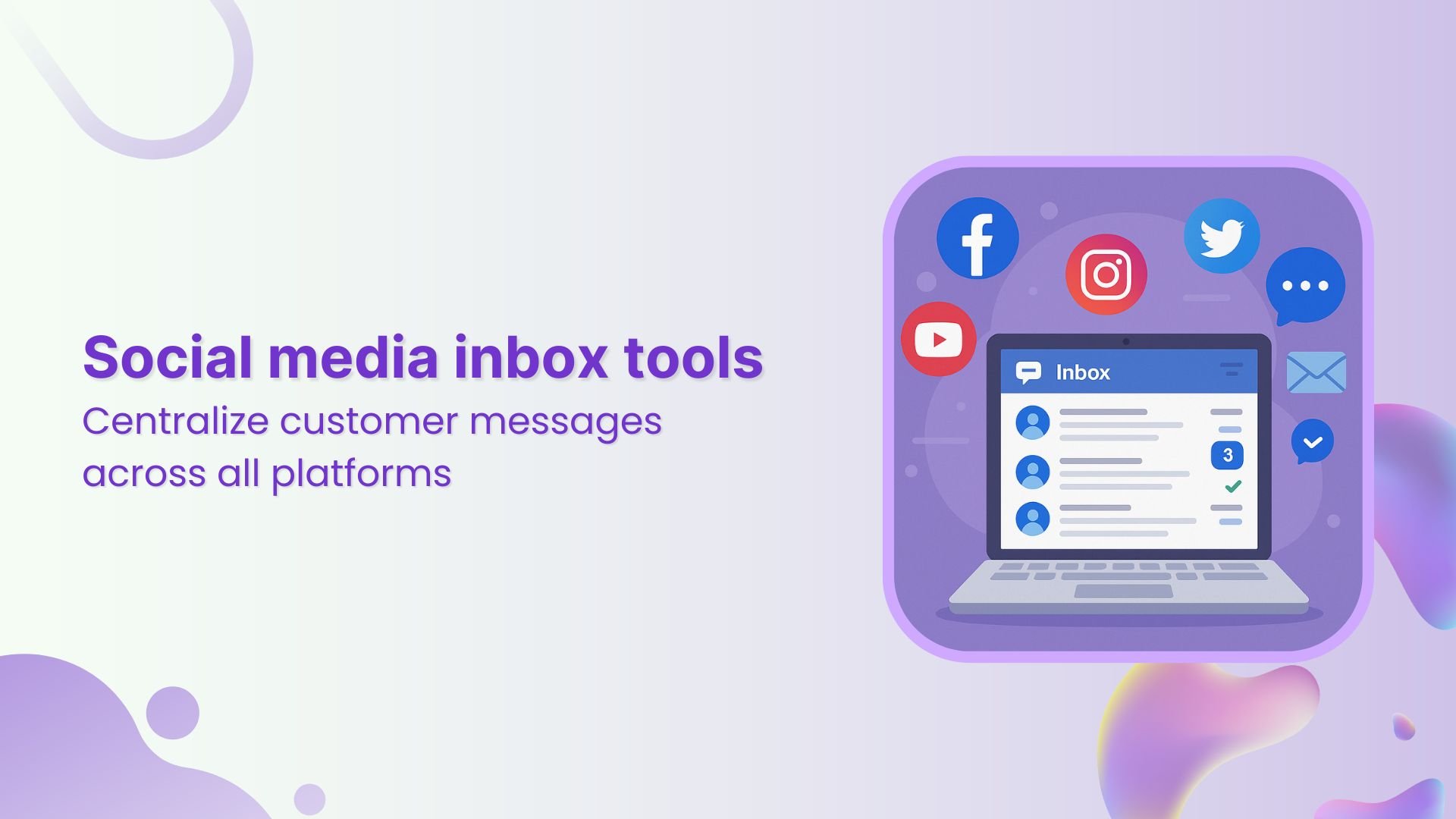
Social media inbox tools: Top picks for efficient customer service

What does DM mean? Learn to use DMs for marketing success
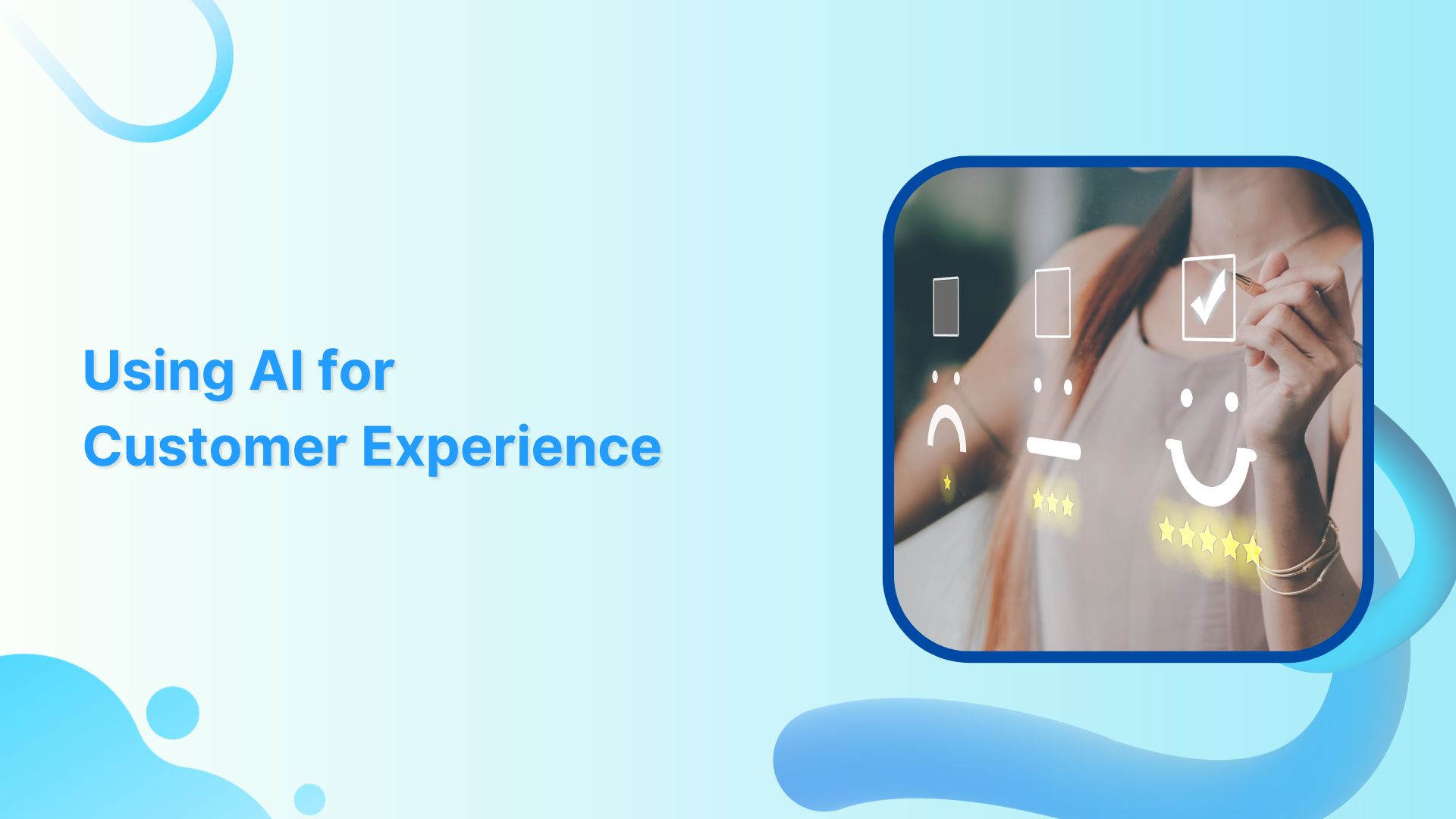
Future of Customer Experience: 14 Ways AI is Making a Difference


Powerful social media management software
14-day free trial - No credit card required.
